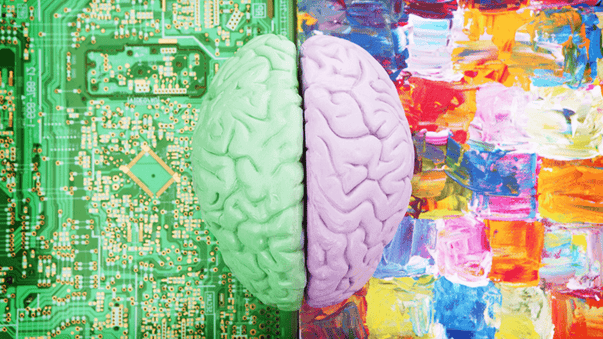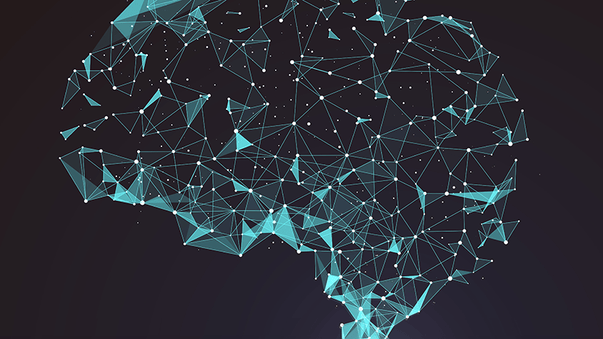DNA Nanotechnology for Rapid 3D Printing of Molecules

DNA nanotechnology is emerging as a powerful tool to build precise structures at the nanoscale. New research results released by the Technical University of Munich (TUM) (see below) show that DNA nanobots can be controlled from the outside by applying electric fields, and operate at much higher speed than previously possible. Though not (yet) directly related to medicine and human enhancement, this research could enable spectacular advances in molecular nanotechnology for biomedical applications.
“DNA origami is effectively already a 3D printer system for the nanoscale,” said Björn Högberg, Department of Medical Biochemistry and Biophysics, Karolinska Institutet, in a review published in Science. The “technique could enable true 3D printing of molecules.”
“Building up a nanotechnological assembly line calls for a different kind of propulsion technology,” explained Friedrich C. Simmel, Chair of Bioelectronics at TUM. “We came up with the idea of dropping biochemical nanomachine switching completely in favor of the interactions between DNA structures and electric fields.”
“The experiment demonstrated that molecular machines can be moved, and thus also driven electrically,” added Simmel. “Thanks to the electronic control process, we can now initiate movements on a millisecond time scale and are thus 100,000 times faster than with previously used biochemical approaches.”
This makes the nanobots fast enough to do assembly line work in molecular factories, with millions of nanobots working in parallel to look for specific substances in samples or to synthesize complex molecules for pharmaceutical development.
Fast nanobots for assembly line molecular engineering. Scientists at the Technical University of Munich (TUM) have developed new electric propulsion technology for nanorobots. The researchers used DNA-origami technology to create a 55-by-55 nanometer DNA-based molecular platform with an integrated robotic arm of length 25 nanometers, which can be extended to more than 400 nanometers and actuated with externally applied electric fields. The new technology, described in a study published in Science, allows molecular nanorobotic machines to move a hundred thousand times faster than with the biochemical processes used to date.
High resolution images of gene transcription processes. Scientists at Institute of Cancer Research have captured images of molecular machinery called RNA Polymerase III in the act of transcribing a gene, with unprecedented detail. The researchers used an advanced form of electron microscopy called Cryo-EM, for which the Nobel Prize in Chemistry was awarded in 2017, to zoom in and capture images of the reading mechanism in unprecedented detail. The discovery of exactly how the molecular mechanism works, described in a study published in Nature, could open up new approaches to cancer treatment.
Watching a thought as it moves through the brain. Neuroscientists at UC Berkeley have tracked the progress of a thought through the brain, showing clearly how the prefrontal cortex at the front of the brain coordinates activity to help us act in response to a perception. The research results, published in Nature Human Behaviour, confirm the key role played by the prefrontal cortex in coordinating all the activated regions of the brain.
RNA decoys used to prevent pain in laboratory mice. Pain researchers at UT Dallas have developed a new method of reducing pain-associated behaviors with RNA-based medicine, creating molecules that prevent the onset of pain. A study published in Nature Communications describes how the scientists used “decoy” molecules to interrupt the synthesis of messenger RNA (mRNA) molecules that create pain-signaling proteins. The decoys, injected at the site of an injury in experiments on laboratory mice, showed the ability to reduce behavioral response to pain.
Programmable biomaterials for smart therapeutics delivery. Scientists at the University of Washington have built and tested programmable biomaterials with “logic gates” that release therapeutics in response to environmental triggers. A research paper published in Nature Chemistry describes a new biomaterial-based delivery system - a hydrogel - able to encase a desired cargo and dissolve to release its freight only when specific physiological conditions, such as the presence of an enzyme or the acidic conditions that could be found near a tumor, are met.
Immune-mimicking biomaterials for cancer immunotherapies. Researchers at the Wyss Institute for Biologically Inspired Engineering at Harvard have developed a new approach to amplify patient-specific immune T-cells outside the body, which could increase the efficiency of cancer immunotherapies. A study published in Nature Biotechnology describes a material-based T-cell-expansion method using antigen-presenting cell (APC) -mimetic biomaterial scaffolds, which helps achieve greater expansion of primary mouse and human T cells than existing methods.
Remote-Controlled Cancer Immunotherapy System. Researchers at UC San Diego have developed an ultrasound-based system that can non-invasively and remotely control genetic processes in live immune T cells so that they recognize and kill cancer cells. The research results, published in PNAS, describe a remote-controlled mechanogenetics system and show how it can be used to engineer chimeric antigen receptor (CAR)-expressing T cells that can target and kill cancer cells.
More Articles
Don't miss a beat! In our Pulse Newsletter, Thrivous curates the most important news on health science and human enhancement, so you can stay informed without wasting time on hype and trivia. It's part of the free Thrivous newsletter. Subscribe now to receive email about human enhancement, nootropics, and geroprotectors, as well as company news and deals.
Read more articles at Thrivous, the human enhancement company. You can browse recent articles in Thrivous Views. See other Pulse Newsletter articles. Or check out an article below.
-
Advances in Neuromorphic Computing and Neuroscience
Many exciting brain science and technology news items released last week, summarized below, show that neuroscience is advancing very fast, ...
-
Transcend Biology and Eat More Broccoli
Neuroscience is making important advances toward mapping brain circuits, as shown in news released last week by the Francis Crick ...


